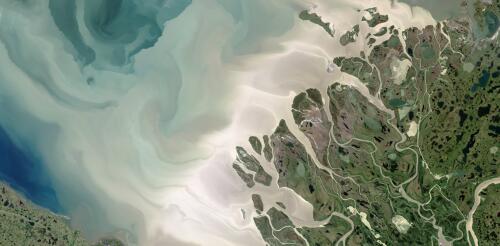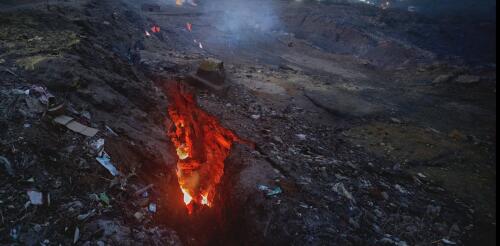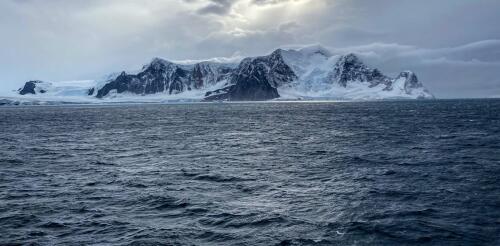Carbon
As the Arctic warms, its mighty rivers are changing in ways that could have vast consequences – not only for the Arctic region but for the world. Rivers represent the land branch of the earth’s hydrological cycle. As rain and snow fall, rivers transport freshwater runoff along with dissolved organic and particulate materials, including carbon, to coastal areas. With the Arctic now warming nearly four times faster than the rest of the world, the region is seeing more precipitation and the permafrost is thawing, leading to stronger river flows. Major river basins of the Arctic region. NOAA Arctic Report Card We’re climate scientists who study how warming is influencing the water cycle and ecosystems. In a new study using historical data and sophisticated computer models of Earth’s climate and hydrology, we explored how climate change is altering Arctic rivers. We found that th...
In its joint response [1] to an earlier consultation, the UK Department for Energy Security and Net Zero and HM Treasury has confirmed that a UK CBAM will be implemented by 2027. The CBAM will impose a levy on those importing the most greenhouse gas (GHG) emissions-intensive products into the UK, which will reflect the gap between the carbon price that would have been imposed if the good had been produced in the UK and the carbon price already applied in the country of origin, if any. In doing so, the UK government is seeking to avoid “carbon leakage”: the phenomenon of UK based entities importing emissions-intensive products from outside the UK to avoid the charges placed on emissions-intensive products produced in the UK through the UK Emission Trading System (ETS). With the EU CBAM already up and running in its transitional phase from October this year (2023), and in the absence of any internationally agreed measures, similar and respons...
Research reveals that oceans store 20% more carbon dioxide than previously estimated, primarily through plankton transporting carbon to the seabed. This new understanding, however, doesn’t significantly impact the current CO2 emission crisis. The ocean’s capacity to store atmospheric carbon dioxide is some 20% greater than the estimates contained in the latest IPCC report.[1] These are the findings of a study that was published in the journal Nature on December 6, 2023, led by an international team including a biologist from the CNRS.[2] The scientists looked at the role played by plankton in the natural transport of carbon from surface waters down to the seabed. Plankton gobble up carbon dioxide and, as they grow, convert it into organic tissue via photosynthesis. When they die, part of the plankton is transformed into particles known as ‘marine snow’. Being denser than seawater, these particles sink dow...
Curious Kids is a series for children of all ages. If you have a question you’d like an expert to answer, send it to curiouskidsus@theconversation.com. Why don’t rocks burn? – Luke, age 4, New Market, New Hampshire While many rocks don’t burn, some of them do. It depends on what the rocks are made of – and that’s related to how they were formed. There are three main rock types: igneous, sedimentary and metamorphic. These rocks are made of minerals that all have different characteristics. Some will melt into magma or lava – super-hot, liquid rock – when they are exposed to heat. Others will catch fire. Rocks can look alike, but one rock is not like another. Rocks that burn when they get heated up are combusting. This means that elements within the rocks are reacting with oxygen in the air to produce heat a...
Looking out across the Southern Ocean near Antarctica, I can see whales and seabirds diving in and out of the water as they feed on sea life in the lower levels of the food web. At the base of this food web are tiny phytoplankton – algae that grow at the ocean surface, taking up carbon from the atmosphere through photosynthesis, just as plants on land do. Because of their small size, phytoplankton are at the mercy of the ocean’s swirling motions. They are also so abundant that the green swirls are often visible from space. Typically, phytoplankton remain near the surface of the ocean. Some may slowly sink to depth because of gravity. But in the turbulent Drake Passage, a 520-mile-wide (850 km) bottleneck between Antarctica and South America, something unusual is happening, and it has an impact on how the ocean takes carbon dioxide – the main driver of global warming – out of the atmosphere. A satellite image capt...




